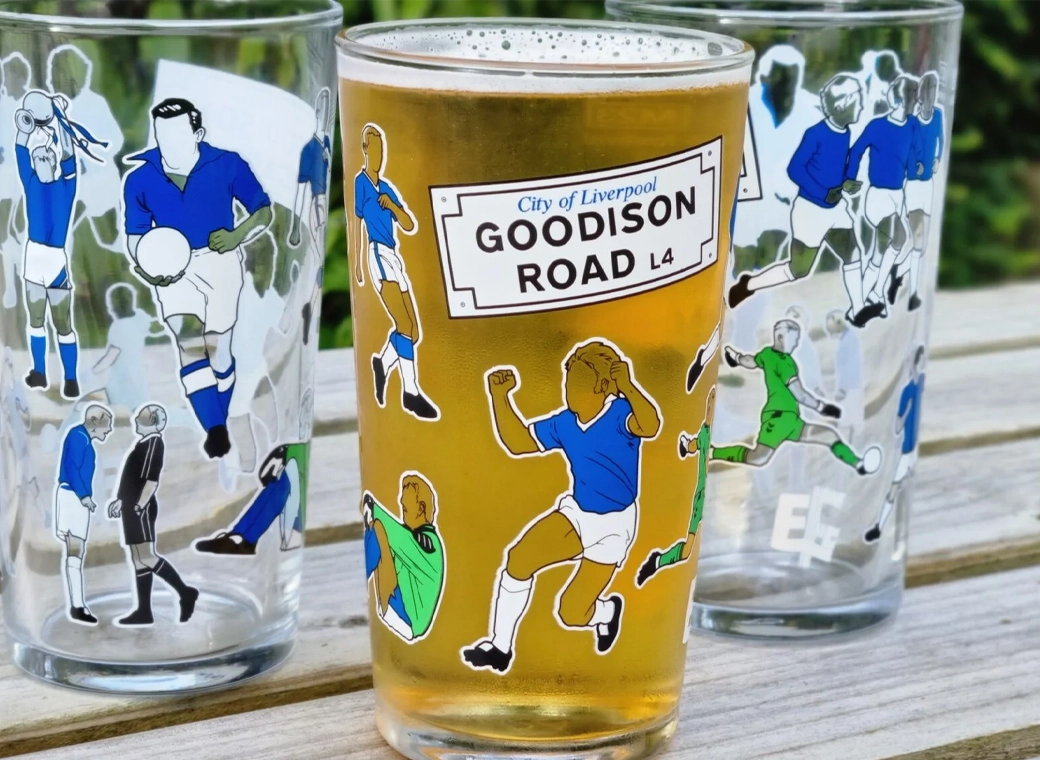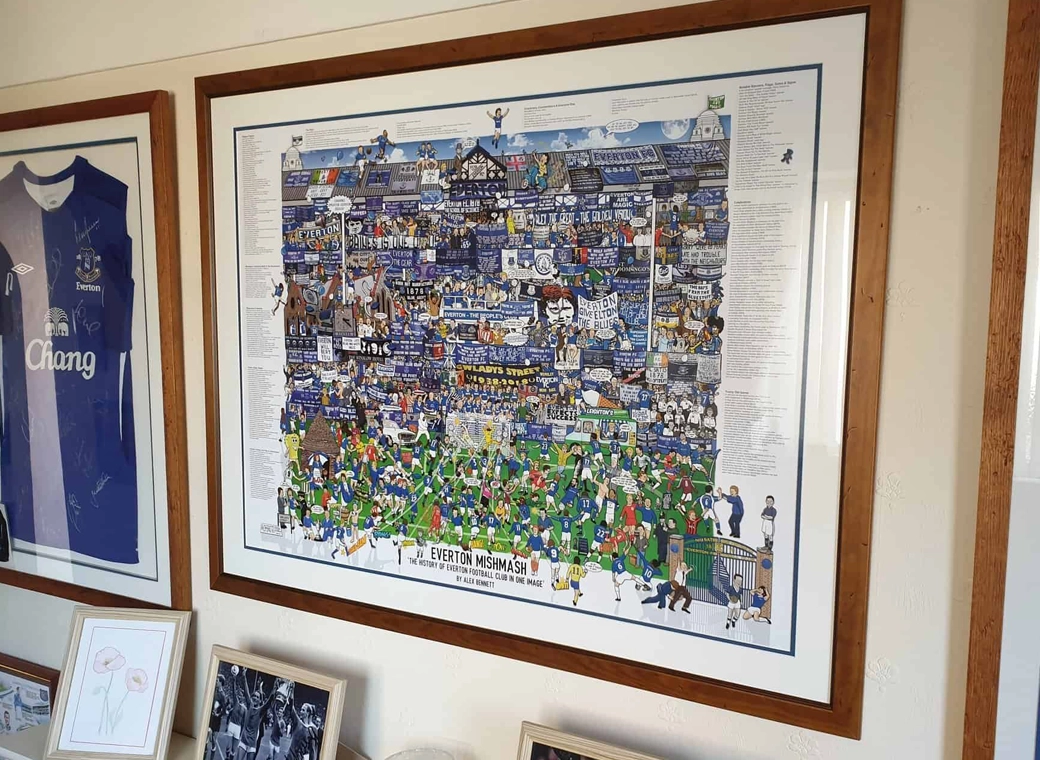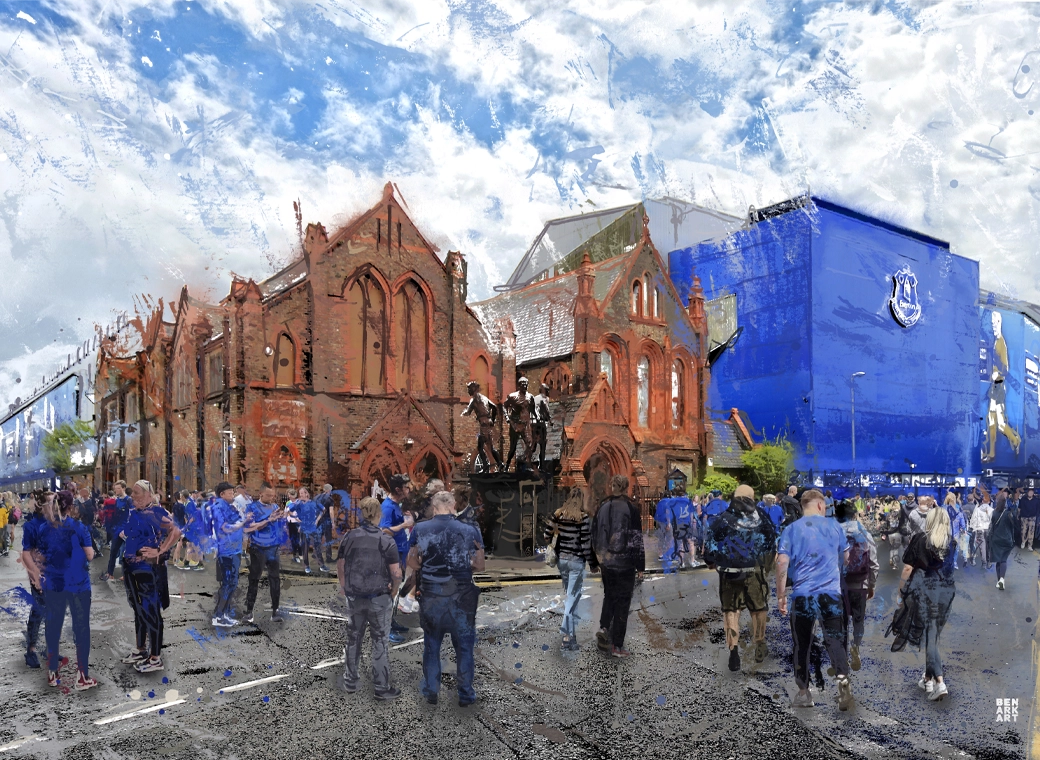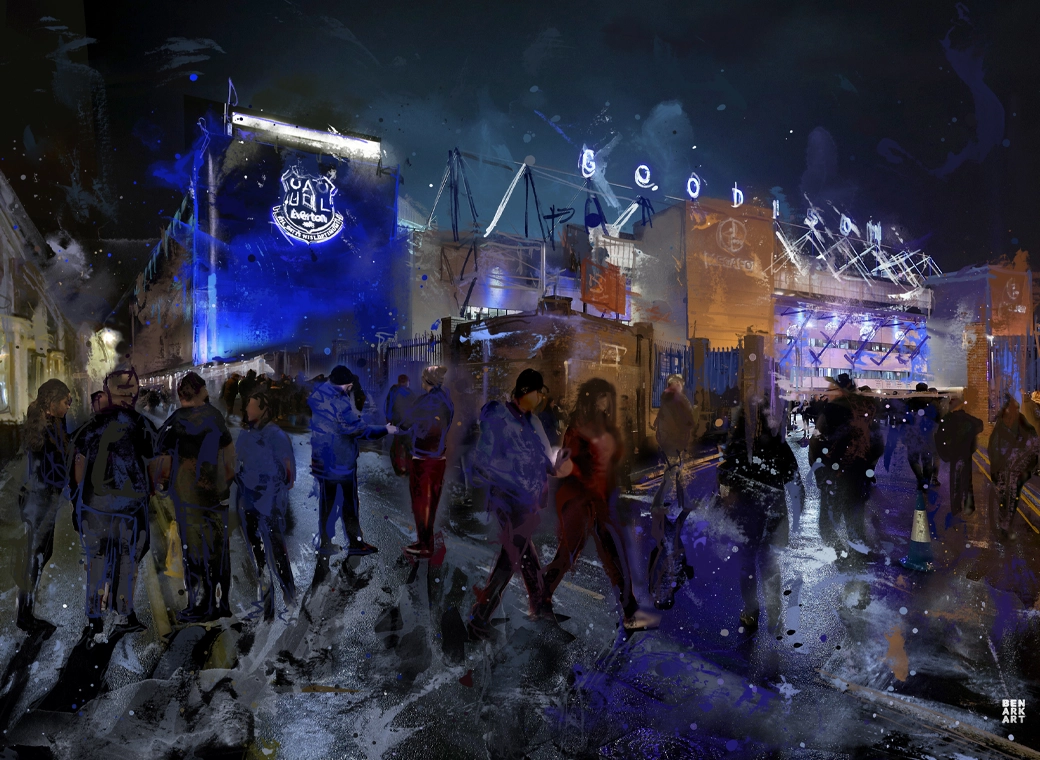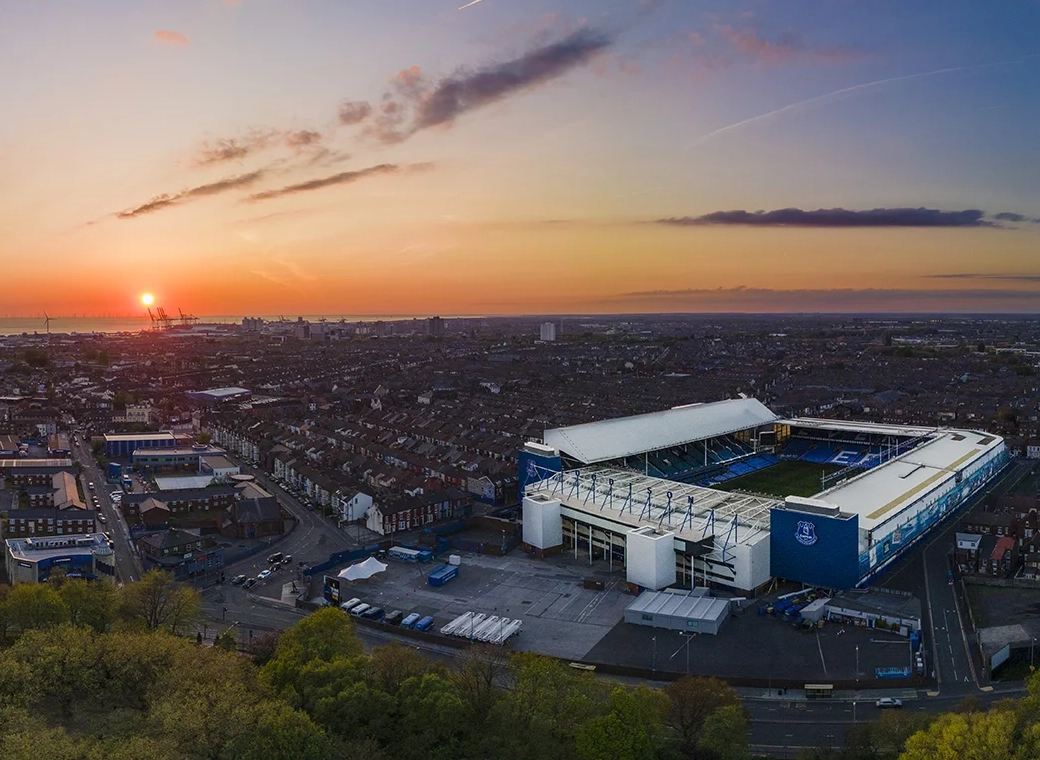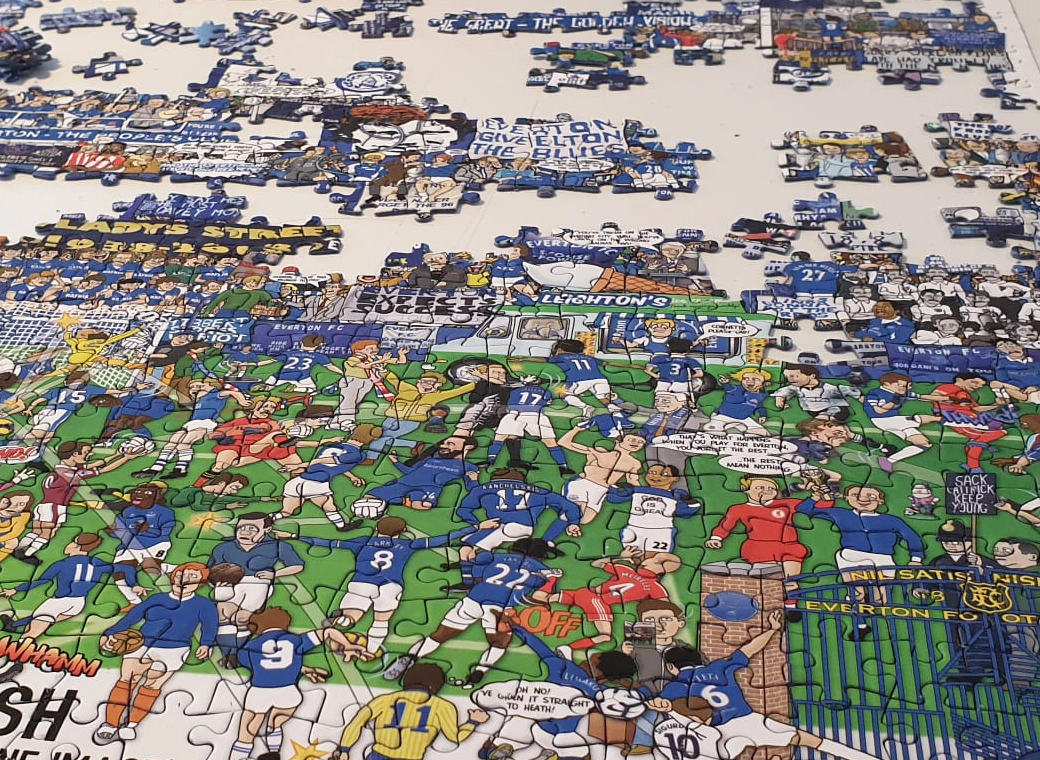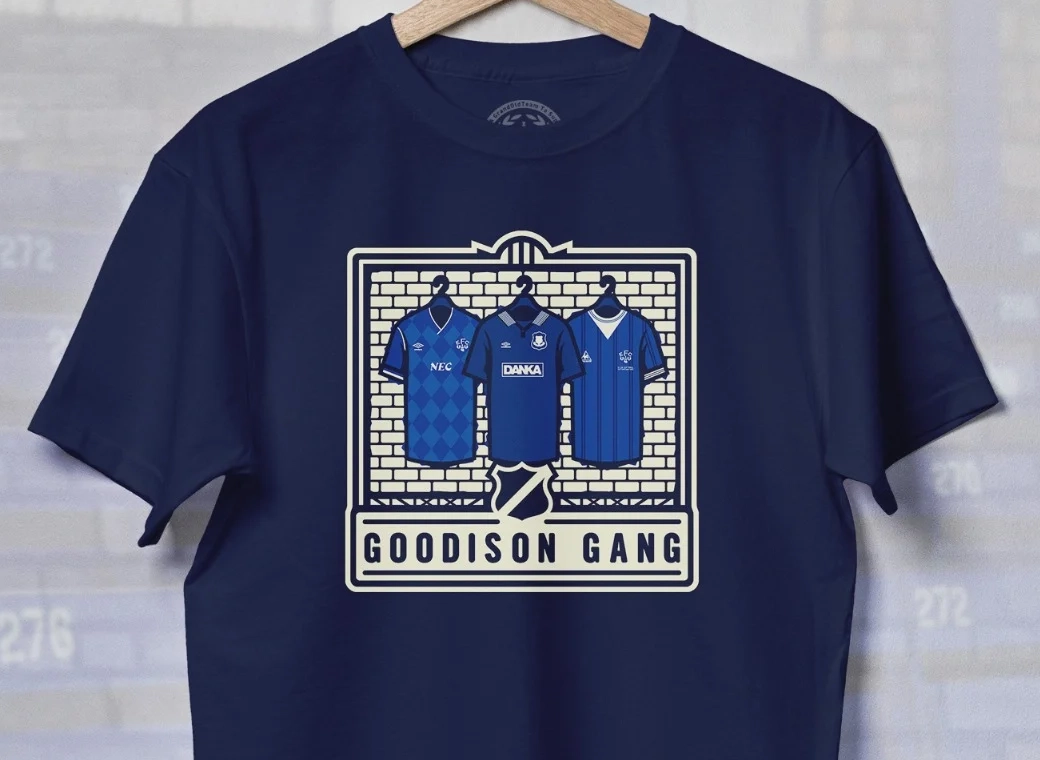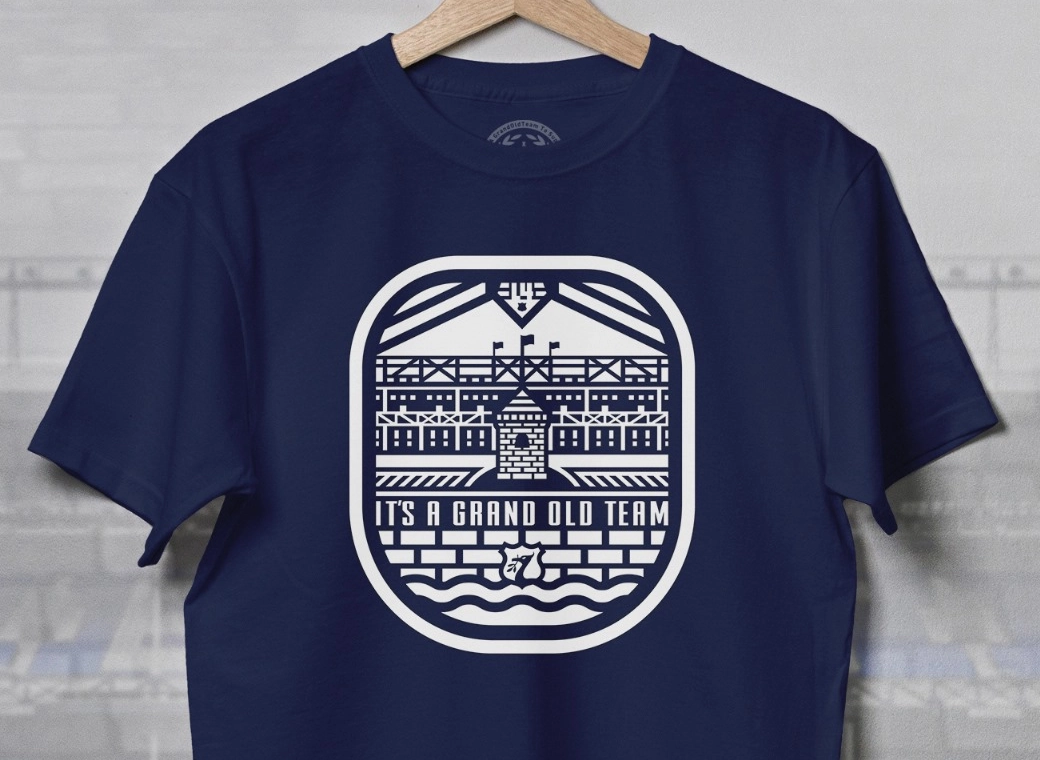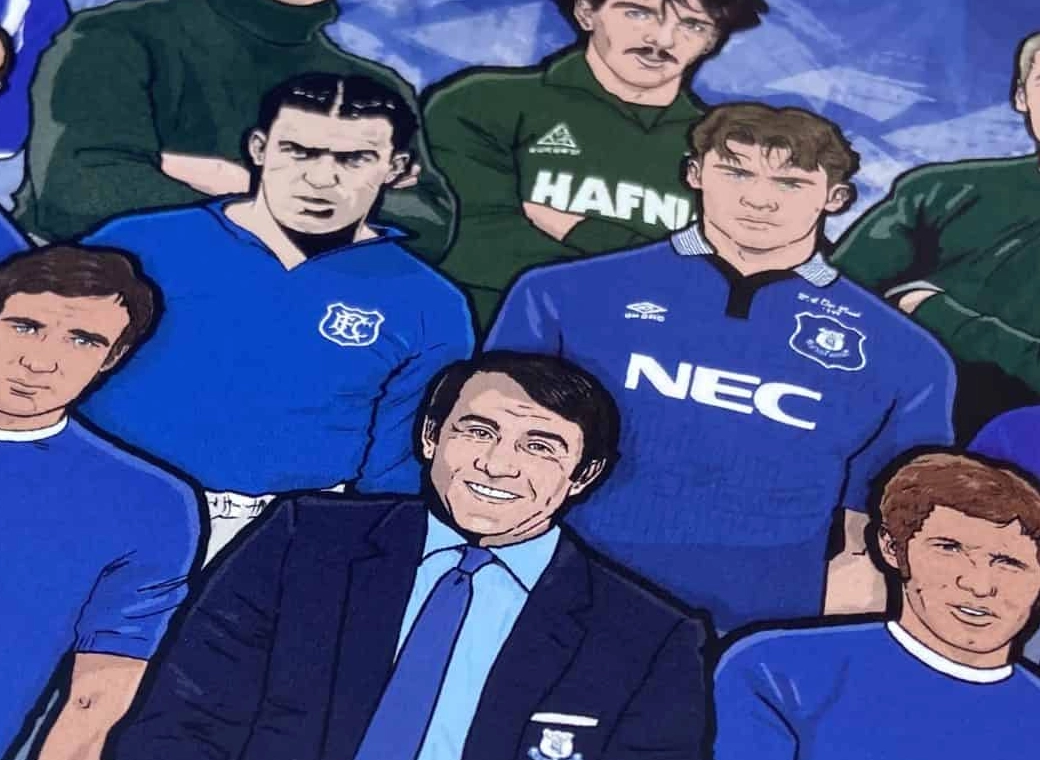This should pipe the haters down.via Echo
Funes Mori watched by Barca
Barcelona sporting director Robert Fernandez admits the Catalan club are keeping an eye on Ramiro Funes Mori - but there will be no bid this summer,
Spanish media claimed Fernandez was in attendance as Funes Mori featured in Argentina’s 4-1 Copa America quarter-final win against Venezuela.
He told Sport afterwards:
"He’s a good player and we’ve known him well for a long time, but we’re not going to sign him this summer."
So there you go.
You are using an out of date browser. It may not display this or other websites correctly.
You should upgrade or use an alternative browser.
You should upgrade or use an alternative browser.
- Status
- Not open for further replies.
4737carlin
Player Valuation: £90m
Another player who will no doubt flourish under koeman. If I was stones and Mori I would be rubbing my hands to learn and work under one of the best defenders of his generation.
Good call this, so lucky we are, what I also like about Mori is he seems to have a great attitude, from day one a smile and loving being on the Goodison pitch was clear to see, when other players scored he was right there and when he did himself it was pure joy.
rochdaleblue
Player Valuation: £50m
I love mori's attitude, but there are flaws in his play (like stones) that I'm sure koeman can eradicate. I'm just hoping mori's and stones' agents agree.Good call this, so lucky we are, what I also like about Mori is he seems to have a great attitude, from day one a smile and loving being on the Goodison pitch was clear to see, when other players scored he was right there and when he did himself it was pure joy.
witchdoc187
Player Valuation: £60m
He's a good player, he slices the ball occasionally but he's a good player
streeky
Player Valuation: £35m
via Echo
Funes Mori watched by Barca
Barcelona sporting director Robert Fernandez admits the Catalan club are keeping an eye on Ramiro Funes Mori - but there will be no bid this summer,
Spanish media claimed Fernandez was in attendance as Funes Mori featured in Argentina’s 4-1 Copa America quarter-final win against Venezuela.
He told Sport afterwards:
"He’s a good player and we’ve known him well for a long time, but we’re not going to sign him this summer."
So there you go.
Dear Mr Fernandez,
all at Everton f.c would just like to say how delighted we are that your have allowed us to keep one of our own players for another season.
But PsDear Mr Fernandez,
all at Everton f.c would just like to say how delighted we are that your have allowed us to keep one of our own players for another season.
If you want him send a cheque to the moshi man for 25 million pounds please
Nice piece on Ramiro in the Guardian
https://www.theguardian.com/football/blog/2016/jun/21/ramiro-funes-mori-copa-america-usa-argentina
Tuesday 21 June 2016
Most of the Argentina players who face USA in Tuesday’s Copa América semi-finals are part of the generation who were kids when the countrysuffered its economic collapse at the start of the century. But the game is particularly special for one of them: Ramiro Funes Mori lived in Texas for eight years and grew up as an American.
At the beginning of 2001, Argentina’s economic crisis left many families’ finances in ruins. Queues at foreign consulates were so long that people would wait in lines all night, hoping to get the magic number to apply for a European passport.
The Ezeiza airport was busiest than ever. Families were leaving the country every day. One plane carried 13-year-old Lionel Messi and his father, Jorge, to Barcelona, as none of his family in Argentina could afford the $900-a-month for his medical condition. Another plane carried the Funes Moris to the United States, willing to start a new life.
Ramiro and Rogelio Funes Mori are identical twins born in Mendoza,Argentina. They started playing football at four, at Godoy Cruz. They left home with their parents when they were nine. Ramiro, originally a holding midfielder, was a good tackler. Rogelio was a natural striker. Their dream was to become professional footballers. The moment they boarded that plane to Dallas, they thought their dream would shatter.
“My husband’s self-imposed condition was that they didn’t quit learning football, or, as they call it in the US, soccer. It wasn’t easy, it’s very expensive, but they made it,” wrote Silvana Mori, the boys’ mother, in a letter to El Gráfico in August 2008 sent from Arlington, Texas. It was there that the family settled, the twins learned English and lived the American life for eight years, attending the Arlington High School, making friends and learning to enjoy baseball, an intriguing – if unfamiliar – sport for most Argentinians.
In March 2008, Sueño MLS, the reality show broadcast by Univision, crowned Rogelio as winner. “Ramiro suffered a knee injury and couldn’t compete until the end, but his brother would vindicate him, against more than 2,000 footballers from different countries. Now they are part of FC Dallas,” added Silvana Mori in that letter. Scouts who had already completed the transfer of Franco Di Santo (also born in Mendoza) to Chelsea set a week’s trial for the twins. Their first day at Chelsea was 11 August 2008.
But without European passports, it was very difficult for them to remain in England. River Plate opened their doors to both brothers, who returned to Argentina, almost a foreign country after so many years in the US.
Despite the fact they had never been part of an official club academy, the Yankees, as they were called, were physically outstanding and didn’t feel the difference with kids that had been training for five years.
Rogelio (who now plays for Monterrey, in Mexico) was seen as the true star of the family. As the brilliant goals rolled in, he was compared to the likes of Hernan Crespo and Diego Milito, adding a weight of expectation that eventually told. He helped River win promotion to the Primera Division, after a catastrophic season that had seen them relegated for the first time in their history. However, it was Ramiro –seen as the less talented twin – who emerged as the hidden gem of River’s academy a few months later, becoming a club idol in a few months of top flight action.
In 2010, he travelled to the World Cup South Africa with Argentina, as part of a kind of sparring partner team that played practice matches against Messi & Co. Ramiro marked Higuain and Agüero without fuss and barked orders as if he was playing the World Cup in that isolated stadium in Hatfield, Pretoria.
It was his personality that transformed him into the quickest unexpected improvement since Gabriel Batistuta, who was seen as an overweight striker in the Newell’s academy in 1987, and later became a River reject in 1990, before erupting as a brilliant striker in Europe. Funes Mori has the same tenacity and attitude as Batistuta: he’s not afraid of making mistakes, he doesn’t hesitate, and he doesn’t feel the pressure. He’s always eager for more.
In just two years, he became an untouchable part of the River team that won the Copa Sudamericana and Copa Libertadores, South American’s equivalent of the Champions League. He also scored the winner in the 2014 Superclásico, the first River victory at Boca’s La Bombonera in 10 years.
“Ramiro was the one that caught my attention from my first day, due to his physical qualities, mental toughness and his personality. He had no fear of mistakes, and if he made one, he would assimilate it quickly and naturally. He is clearly better than the rest in the air, but he’s also a defender with good passing, not just long balls”, said River manager Marcelo Gallardo in his biography, Gallardo Monumental.
Funes Mori was sold to Everton for a record fee of $14m, the highest transfer ever paid for a River defender. The previous record was set by Martin Demichelis when he went to Bayern Munich. “He is equally good with both feet, is very good at headers and a lot of power”, says Demichelis.
Everton gave him a chance and he has been a regular in the first-team ever since. He played 37 games last season, scoring five goals. And if Argentina need better defending on the flanks, he can also switch from centre-back to left-back, as he did against Bolivia.
“He did well in England and keeps evolving game after game. He’s a top centre-back, despite being young. I think we complement each other really well,” says his Argentina team-mate, Nicolás Otamendi.
Argentina have had great attacking talent available in recent years, but defending was always a problem. Until last year, many fans demanded that Javier Mascherano should be deployed at the back, as he does regularly for Barcelona, to solve the existing problems. That was before the emergence of Funes Mori, who came from obscurity in Texas to lead the defence. If that’s not the American dream come true, then what is?
https://www.theguardian.com/football/blog/2016/jun/21/ramiro-funes-mori-copa-america-usa-argentina
Tuesday 21 June 2016
Most of the Argentina players who face USA in Tuesday’s Copa América semi-finals are part of the generation who were kids when the countrysuffered its economic collapse at the start of the century. But the game is particularly special for one of them: Ramiro Funes Mori lived in Texas for eight years and grew up as an American.
At the beginning of 2001, Argentina’s economic crisis left many families’ finances in ruins. Queues at foreign consulates were so long that people would wait in lines all night, hoping to get the magic number to apply for a European passport.
The Ezeiza airport was busiest than ever. Families were leaving the country every day. One plane carried 13-year-old Lionel Messi and his father, Jorge, to Barcelona, as none of his family in Argentina could afford the $900-a-month for his medical condition. Another plane carried the Funes Moris to the United States, willing to start a new life.
Ramiro and Rogelio Funes Mori are identical twins born in Mendoza,Argentina. They started playing football at four, at Godoy Cruz. They left home with their parents when they were nine. Ramiro, originally a holding midfielder, was a good tackler. Rogelio was a natural striker. Their dream was to become professional footballers. The moment they boarded that plane to Dallas, they thought their dream would shatter.
“My husband’s self-imposed condition was that they didn’t quit learning football, or, as they call it in the US, soccer. It wasn’t easy, it’s very expensive, but they made it,” wrote Silvana Mori, the boys’ mother, in a letter to El Gráfico in August 2008 sent from Arlington, Texas. It was there that the family settled, the twins learned English and lived the American life for eight years, attending the Arlington High School, making friends and learning to enjoy baseball, an intriguing – if unfamiliar – sport for most Argentinians.
In March 2008, Sueño MLS, the reality show broadcast by Univision, crowned Rogelio as winner. “Ramiro suffered a knee injury and couldn’t compete until the end, but his brother would vindicate him, against more than 2,000 footballers from different countries. Now they are part of FC Dallas,” added Silvana Mori in that letter. Scouts who had already completed the transfer of Franco Di Santo (also born in Mendoza) to Chelsea set a week’s trial for the twins. Their first day at Chelsea was 11 August 2008.
But without European passports, it was very difficult for them to remain in England. River Plate opened their doors to both brothers, who returned to Argentina, almost a foreign country after so many years in the US.
Despite the fact they had never been part of an official club academy, the Yankees, as they were called, were physically outstanding and didn’t feel the difference with kids that had been training for five years.
Rogelio (who now plays for Monterrey, in Mexico) was seen as the true star of the family. As the brilliant goals rolled in, he was compared to the likes of Hernan Crespo and Diego Milito, adding a weight of expectation that eventually told. He helped River win promotion to the Primera Division, after a catastrophic season that had seen them relegated for the first time in their history. However, it was Ramiro –seen as the less talented twin – who emerged as the hidden gem of River’s academy a few months later, becoming a club idol in a few months of top flight action.
In 2010, he travelled to the World Cup South Africa with Argentina, as part of a kind of sparring partner team that played practice matches against Messi & Co. Ramiro marked Higuain and Agüero without fuss and barked orders as if he was playing the World Cup in that isolated stadium in Hatfield, Pretoria.
It was his personality that transformed him into the quickest unexpected improvement since Gabriel Batistuta, who was seen as an overweight striker in the Newell’s academy in 1987, and later became a River reject in 1990, before erupting as a brilliant striker in Europe. Funes Mori has the same tenacity and attitude as Batistuta: he’s not afraid of making mistakes, he doesn’t hesitate, and he doesn’t feel the pressure. He’s always eager for more.
In just two years, he became an untouchable part of the River team that won the Copa Sudamericana and Copa Libertadores, South American’s equivalent of the Champions League. He also scored the winner in the 2014 Superclásico, the first River victory at Boca’s La Bombonera in 10 years.
“Ramiro was the one that caught my attention from my first day, due to his physical qualities, mental toughness and his personality. He had no fear of mistakes, and if he made one, he would assimilate it quickly and naturally. He is clearly better than the rest in the air, but he’s also a defender with good passing, not just long balls”, said River manager Marcelo Gallardo in his biography, Gallardo Monumental.
Funes Mori was sold to Everton for a record fee of $14m, the highest transfer ever paid for a River defender. The previous record was set by Martin Demichelis when he went to Bayern Munich. “He is equally good with both feet, is very good at headers and a lot of power”, says Demichelis.
Everton gave him a chance and he has been a regular in the first-team ever since. He played 37 games last season, scoring five goals. And if Argentina need better defending on the flanks, he can also switch from centre-back to left-back, as he did against Bolivia.
“He did well in England and keeps evolving game after game. He’s a top centre-back, despite being young. I think we complement each other really well,” says his Argentina team-mate, Nicolás Otamendi.
Argentina have had great attacking talent available in recent years, but defending was always a problem. Until last year, many fans demanded that Javier Mascherano should be deployed at the back, as he does regularly for Barcelona, to solve the existing problems. That was before the emergence of Funes Mori, who came from obscurity in Texas to lead the defence. If that’s not the American dream come true, then what is?
Ramiro Funes Mori
Player Valuation: £1m
Leading the defense against USA.
mmmmsnouts
Player Valuation: £40m
I hope he has a terrible game tonight, just an absolute mare. 

Thuck ma Baws
Player Valuation: £8m
Leading the defense against USA.
Is it on tv?
Ramiro Funes Mori
Player Valuation: £1m
Is it on tv?
According to wiki, "Premier Sports" broadcasts the cup in UK.
CynicalBlue
Player Valuation: £8m
Decent first season. Adapted well to the pace of the English game and perhaps Lukaku aside, Martinez best transfer?
4737carlin
Player Valuation: £90m
Wonder if his brother has what it takes to make it in England? Seems highly rated in Mexico.
No chance of his brother making it here ©Tim Vickery
- Status
- Not open for further replies.

